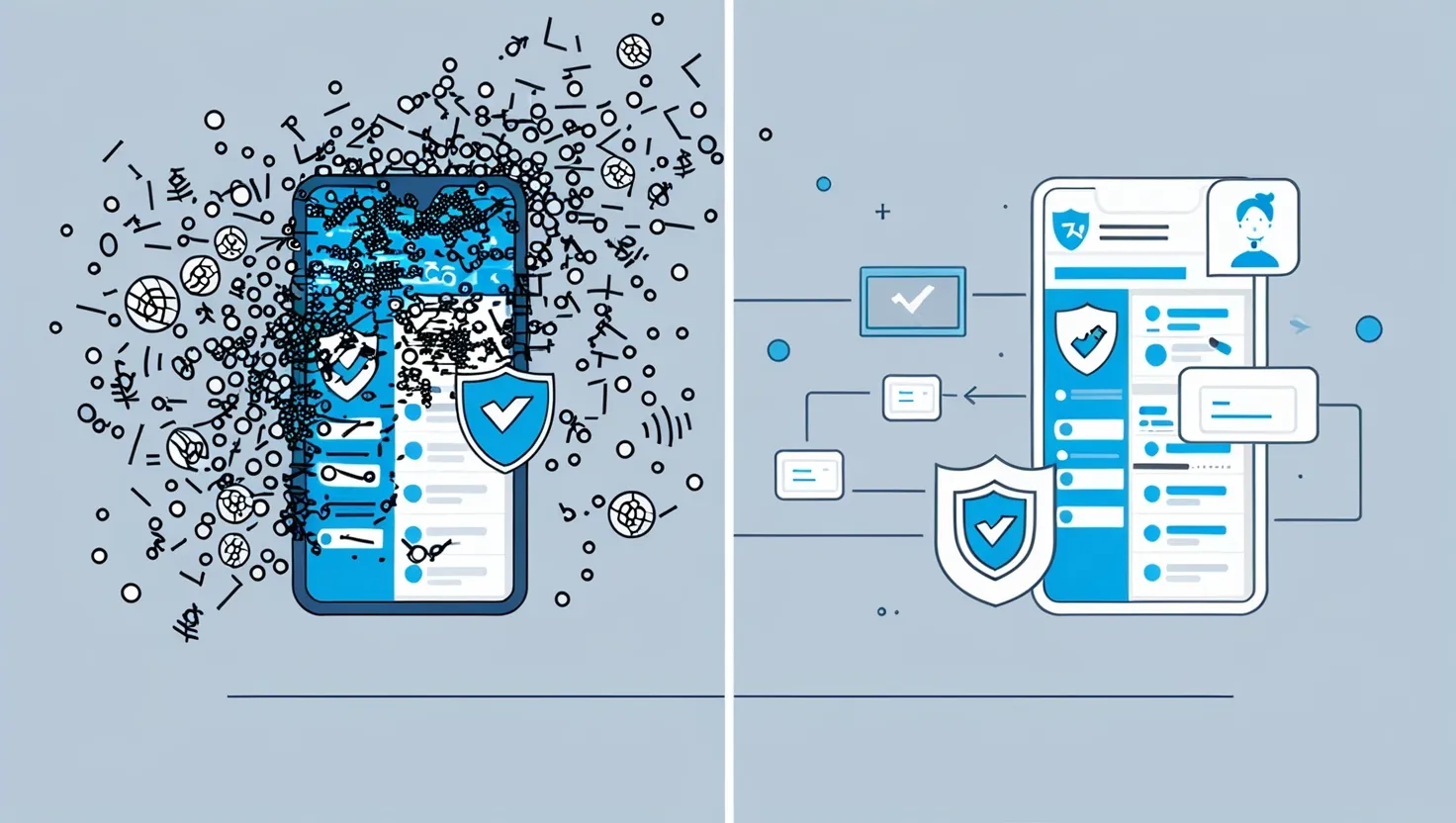If you ever wondered whether doing the right thing for our planet can actually be good for business, supply chain sustainability might have your answer. It’s not just about being green or ethical for its own sake—it’s about finding ways to save money while making fewer mistakes and making life easier for everyone involved. I’ll walk you through five practices that can make your supply chain more sustainable and also less expensive, using ideas that some of the world’s biggest companies have already tested and proved. Along the way, you’ll see that these steps aren’t just good for the environment, they’re great for your bottom line too.
Let’s start with something everyone has heard a lot about: sourcing. But I want you to think about sourcing in a new way. It’s not just about buying ingredients or materials cheaply. Imagine if you’re buying coffee beans for a giant café chain. If you buy from suppliers who use fair labor and don’t pollute rivers, you can show customers and regulators you’re responsible. That alone can help you avoid fines or public backlash. Big companies like Unilever realized that by picking suppliers who also cared about things like water use and worker safety, their contracts ran longer, disputes dropped, and they even got better reliability. They calculated that this “ethical sourcing” made them millions, just by avoiding big shocks—like being cut off by a supplier or ending up in the news for the wrong reasons.
That raises a bigger question: what happens when you pick a supplier just because they are cheap, and then you get caught up in a scandal? We all know reputational damage is expensive to fix and sometimes even impossible. “It takes twenty years to build a reputation and five minutes to ruin it,” as Warren Buffett famously said. Companies that take ethical sourcing seriously are cutting risks before they turn into big, costly problems. When you think practically, isn’t it cheaper to avoid a massive disaster than paying for it after the fact?
Now, there’s another place many companies waste money: moving stuff around. Transportation often eats up a huge part of the supply chain budget, especially when trucks, ships, and planes burn fuel and get stuck in traffic or take long routes. Here’s the surprising thing: many businesses don’t even realize how much they’re losing here. Imagine running a bakery and sending two half-empty delivery vans to the same supermarket an hour apart—that’s money blown on fuel and driver hours for no good reason. Giant retailers like Walmart tackled this by using smart software to plan routes: sending fuller loads on shorter trips, running fewer trucks, and lowering costs across the board.
Have you asked yourself: why send air if you could send products? It’s a simple question, but it’s often overlooked. By optimizing routes and loads, companies have cut fuel bills dramatically, slashed their carbon footprint, and improved delivery times. Not only does this save costs, it means less risk of being hit by future fuel price swings or new regulations on emissions.
A third area you should look at is packaging. On the surface, packaging might seem small compared to trucks or factories, but companies have found real money here. Take a brand like Walmart: by shrinking the size and weight of their packaging—even by a little—they shipped more goods per truckload, used fewer boxes, and paid less in material costs. Suddenly, thousands of shipments weighed less, meaning lower fuel costs, and they paid less in trash and recycling fees too. Imagine if every single product you shipped used 10% less packaging. On a big scale, that’s a huge saving.
And let’s think about waste. Why throw away what you pay to use? By redesigning packaging to use recycled or biodegradable materials, or making it smaller and lighter, companies cut both raw material spending and disposal fees. They’re not just being environmentally friendly—they’re making their products cheaper to deliver, store, and even display on shelves.
Ready for another angle? Energy use. Supply chains eat up incredible amounts of electricity and fuel, especially in manufacturing and warehousing. While installing solar panels or energy-efficient lighting costs money at first, companies often get that money back in lower bills within a year or two. Picture this: your warehouse uses old lighting that burns electricity all night. By switching to high-efficiency LEDs, you halve the energy use instantly. Multiply that across several buildings and the savings are noticeable. Companies sometimes negotiate with suppliers to adopt similar energy saving upgrades, splitting the savings or offering small loans. Simple moves—insulating buildings, switching to better motors, or improving heating and cooling—cut energy costs and pay off quickly.
Are you thinking: why not just ignore energy because it’s not the biggest line item? The answer is, those small savings add up invisibly across the chain. In manufacturing, every dollar saved on energy is a dollar less you’re spending on making goods. Over time, that builds a supply chain that’s leaner, more predictable, and less exposed to spikes in electricity prices. Thomas Edison put it simply: “Waste is worse than loss. The time is coming when every person who lays claim to ability will keep the question of waste before him constantly.”
Let’s tackle the fifth practice: reverse logistics. This is a fancy term for what happens when goods come back up the chain—returns, recycling, reuse. You might be thinking returns are just a headache. But clever companies have found they can turn returns into money. For example, technology firms collect old devices, extract valuable components, and resell them—or at least recycle the parts. Retailers sometimes repair, refurbish, or resell returned goods in outlets or online. The secret is to set up systems so that these returns are sorted fast and routed to the best place: back to resale, into parts, or for recycling.
Now consider: what are you leaving on the table by simply tossing returned or unsold goods? Instead of paying to landfill products, companies are recovering value from them—either by selling used goods, harvesting spare parts, or simply recycling materials for cash. This isn’t just eco-friendly; it turns the old idea of waste into an entirely new revenue stream.
All these practices—ethical sourcing, route optimization, packaging redesign, energy efficiency, and reverse logistics—connect together. They aren’t isolated tactics; they reinforce each other. For example, lighter packaging not only costs less and reduces waste but is also cheaper to transport. Efficient energy use reduces costs that get baked into sourcing and manufacturing. Recovering value from returns means paying for fewer raw materials in the next cycle.
One of the most interesting findings from looking at real companies is how fast these changes can pay off. Early adopters who try two or three of these ideas often see the investment returned in less than 18 months. That’s not long at all in business. The key is to start small—maybe run a waste audit, look for the biggest sources of packaging waste, or pick one supplier for a pilot project in energy efficiency.
Of course, there are challenges. Getting suppliers on board can take time—everyone has different systems and priorities. Upfront investments, like energy upgrades, can seem risky, especially in tight markets. But practical steps, like shared incentives or transparent reporting, help smooth the path. Over time, suppliers get used to higher standards, and some even cut their own costs as a result.
Have you thought about what customers want? Surveys and real-world results show that people increasingly trust companies connected to responsible supply chains—sometimes even paying more for it. In fact, reports show companies can boost customer trust by up to 30% just by being transparent about these practices.
Here’s a quote from Peter Drucker to reflect on: “What gets measured gets managed.” Many successful companies track every bit of waste, every mile driven, and every watt of energy used. By making sustainability a key metric, not something “extra,” they spot hidden savings and prevent expensive problems.
Let’s return to simple questions: How much money could you save just by fixing what doesn’t need to be wasted? What else could your business do if you had fewer costly surprises, fewer returns going to landfill, or lower energy bills? Could you outcompete your rivals, or at least keep customers coming back?
As you consider your supply chain—even if you think it’s too small or too messy to change—remember that the world’s biggest companies started by taking one step, not overhauling everything at once. The first supplier who gets on board, the first van saved from an unnecessary trip, the first package redesigned—all these add up. “The secret of getting ahead is getting started,” Mark Twain reminds us. The best time to begin was yesterday—the next best time is now.
If you take away anything from this conversation, let it be this: Sustainability in the supply chain doesn’t just save the planet. It makes companies smarter, leaner, and more competitive. Even the smallest change made today sets you on a path to bigger savings—and a better reputation—tomorrow. So, are you ready to take the first step?






